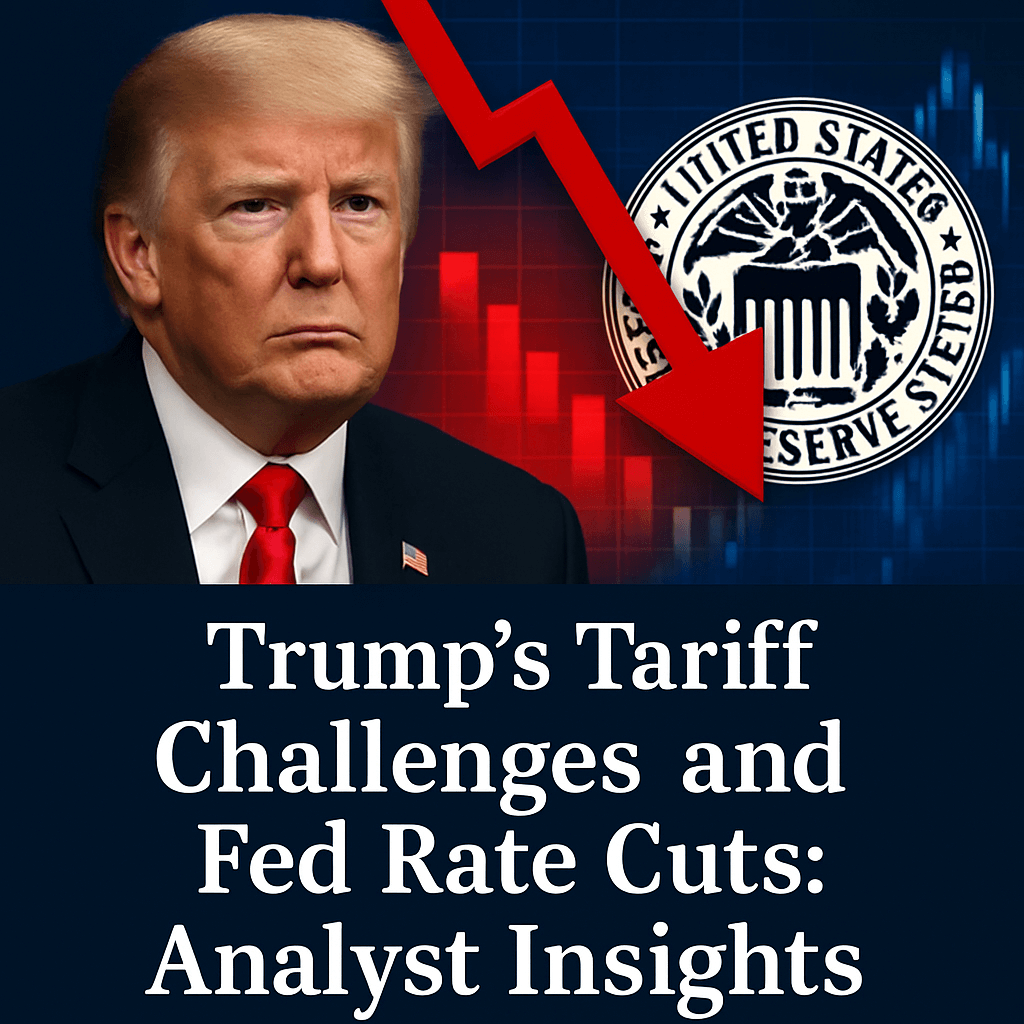Trump’s Tariff Challenges and Fed Rate Cuts: Analyst Insights

If President Donald Trump’s tariffs stabilize around 10%, analysts believe it could pave the way for the Federal Reserve to implement interest rate cuts later this year. Christopher Harvey, head of equity strategy at Wells Fargo, posits that tariffs at this level could be absorbable by importers, corporations, and consumers alike, thus potentially mitigating negative economic impacts.
Recent Developments in Tariff Policy
The ongoing dialogue surrounding President Trump’s tariffs has been multifaceted, often revealing new dimensions as economic indicators fluctuate. Just days prior to the recent announcement of doubling steel tariffs to 50%, which sent ripples through the market, there were discussions that indicated a cooling of aggressive stances. Harvey’s analyses suggest that a tariff rebalancing may reflect a more strategic approach amidst ongoing trade negotiations.
Wells Fargo’s Harvey stands out as Wall Street’s bullish analyst, maintaining a confident S&P 500 price target of 7,007, which implies an 18.5% rise from recent trading levels. This optimism is premised on the expectation that the Trump administration is making progress toward reaching favorable agreements, particularly with countries like India and Japan, as well as the European Union.
Potential Economic Impact of Tariffs
Harvey’s thesis hinges significantly on a recent statement from Federal Reserve Governor Christopher Waller, who indicated that tariffs concluding at around 10% may allow the central bank to cut rates in the latter half of 2023. Typically, tariffs are regarded as inflationary instruments that could compel the Fed to maintain a tighter monetary policy. However, if consumers perceive these tariffs as transitory price increases rather than permanent changes, there could be an opportunity for rate reductions.
- Current Effective Tariff Rates: Current estimates on the effective tariff rate vary, with Yale’s Budget Lab reporting it at 17.8% and Fitch slightly lower at 13%. This variance contributes to an uncertain economic landscape where corporations and consumers brace for various ripple effects.
- Distribution of Tariff Burdens: Harvey theorizes that a 10% tariff divided equally between importers, corporations, and consumers would not significantly hinder economic activity. This division is critical; if managed efficiently, it can stabilize markets while also generating revenue to help curb ballooning federal budget deficits.
The Federal Budget and Market Sentiment
The federal budget has been under increased scrutiny due to the massive deficits observed in recent years, raising concerns about fiscal sustainability. The uncertainties surrounding potential worsening of deficits under Trump’s proposed budget have influenced borrowing costs, leading to volatility in Treasury yields. Investors are keenly watching these developments as they can materially impact market liquidity and overall economic health.
Harvey emphasizes that continuity and certainty in fiscal policies could be integral for economic growth. A stretching of tariff negotiations into mid-2023 could push companies toward downsizing their workforces, potentially triggering broader economic downturns. Hence, swift progress in trade talks is paramount to allay fears and maintain investor confidence.
Looking Ahead: Trade Relations and Economic Forecast
A pivotal factor in shaping market trends will be how trade relations evolve with key global players. While engagement with China continues to be less vital—partly due to U.S. disintermediation—they still remain an essential player in certain sectors. Harvey suggests that focusing energy on negotiations with India, Japan, and the EU could yield significant long-term benefits.
Market perspectives may shift from short-term tariff implications to long-term growth potential as stability appears to cement. Harvey articulates that the outlook for 2026 may begin to eclipse the immediate economic headwinds posed by tariffs, providing a more optimistic scenario for investors willing to look beyond current volatility.
“As clarity emerges from trade discussions, the market is likely to redirect its focus towards sustainable growth trajectories,” states Harvey, encapsulating a sentiment that resonates across many analysts.
The coming months will be critical for policymakers and market players alike, as they navigate the complex web of tariffs, interest rates, and trade partnerships.